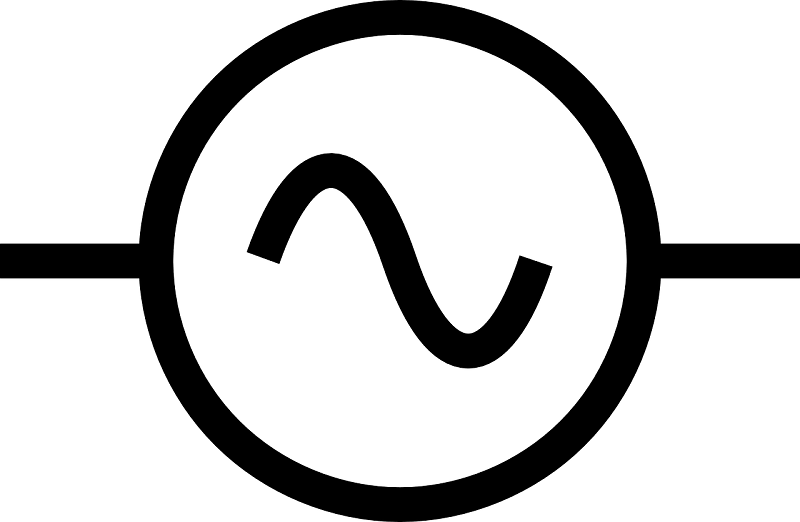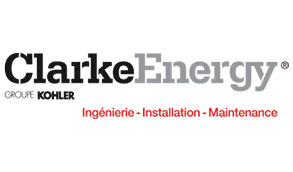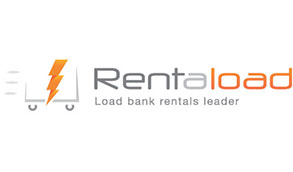METAL DEPLOYE RESISTOR offers alternating current and direct current load banks. They are used to test generator sets, whether emergency or power supply, but also inverters, UPS, batteries, and turbines.
Load banks allow extend the life of equipment , but they also and above all guarantee the security !
Customized load banks
Alternating current and direct current load banks: test and respect the load cycle
Principle of alternating current
To operate, alternating current, which can be single-phase or three-phase, needs an alternator . Driven by energy such as water or wind, its turbine will create current in order to generate electricity . This is achieved by power stations .
Principle of direct current
Direct current him circulates in one direction , from the positive pole to the negative. This type of current is produced by the chemical activity of a generator , such as a cell or battery. It can also be produced by a photoelectric effect which is generated by photovoltaic panels.
What is an AC and DC load bank for?
Electrical equipment produces alternating or direct current.
The load banks will make it possible to test:
- generators, inverters, UPSs, and turbines that produce alternating current
- batteries that produce direct current
Direct current (DC) load bank
Mainly used for batteries in some sectors
For what types of electrical equipment?
It is characterized by a continuous movement of electric charges. This means that the charges always circulate in the same direction. Direct current is produced by electrochemical or electronic generators, that is to say by all types of:
- cells,
- batteries,
- solar panels.
For which applications?
It is particularly present in:
- on-board systems via batteries,
- railway equipment
- business sectors with specific high voltage constraints (test laboratories, etc.).
Indeed, the high voltage direct current (CCHT or HVDC in English) has for main benefit to allow the transport of electricity over long distances. It is also the only possibility for transporting electricity in buried or submarine cables over distances greater than about 100 km. It will therefore be present to supply electricity to off-shore platforms or certain ships, for example.
Objective: to discharge the batteries to increase their lifespan and ensure our safety
Depending on the different technologies, it is necessary to regularly discharge the electric batteries to allow a full charge cycle. This is to verify that the batteries are operating at full capacity.
For all types of batteries , in particular lithium-Ion, it is imperative to unload them before transporting equipment or when moving for example.
In fact, it is then essential to have previously discharged the battery in order to avoid electrification-electrocution by direct contact, the generation of sparks etc….
Alternating current (AC) load bank
The generator set, alternating current generator
A generator is a thermal engine fitted with an alternator which generates alternating current.
Why use a load bank to test a generator set?
Coupling a generator set to a load bank offers the possibility of:
- testing equipment
- validating its power
- cleaning it regularly
- ballasting,
depending on its use.
The generator set tests allow maintaining its performance in the long term and its proper operation . They must be carried out consistently.
A complete range of AC and DC load banks
METAL DEPLOYE RESISTOR offers a range of load banks capable of responding to all environments and all operations as needed in direct current and alternating current.
- Load bank for emergency or production generator set
- Battery discharge bank
- UPS load bank
- Forced ventilation / fan cooled load bank
- Tunnel load bank
- Natural ventilation load bank
- Medium and high voltage load bank
METAL DEPLOYE RESISTOR supports you by designing the product adapted to your precise voltages and amperages.
























